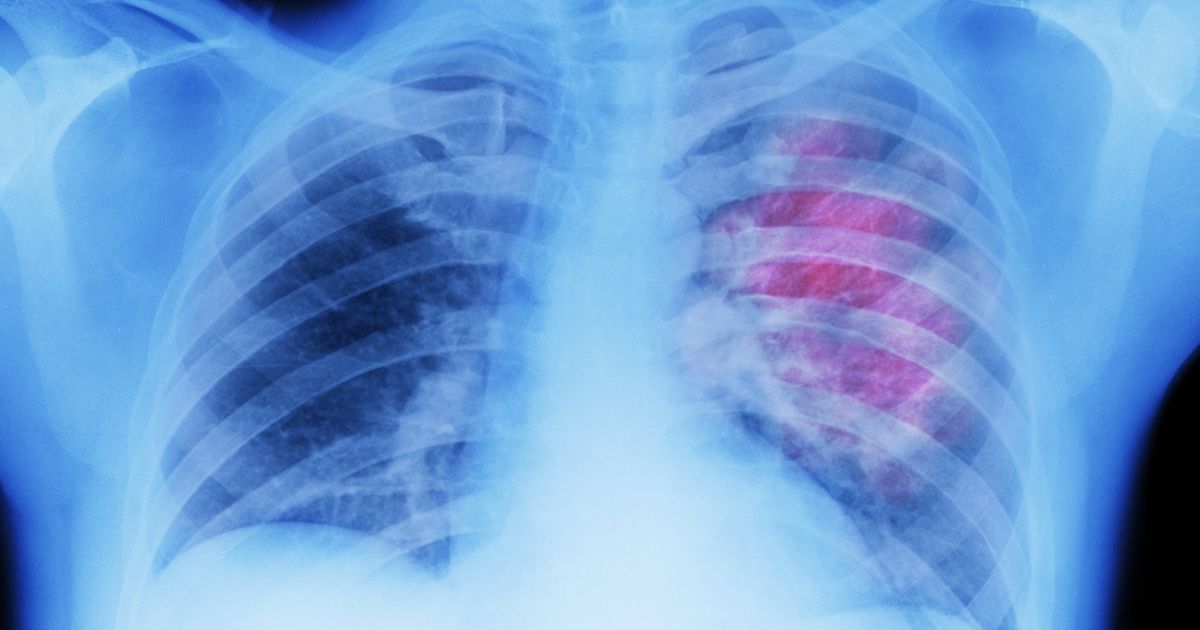The Most Deadly Forms Of Lung Cancer
Lung cancers are categorized into two types. There are small cell lung cancers and non-small cell lung cancers. They are distinctly different in the way they grow, metastasize, and are treated, so when patients are diagnosed, it is critical for them to learn more about their specific illness. Small cell lung cancers are aggressive in their growth rates and are not as common as non-small cell cancers, which comprise of about eighty-five percent of all lung cancers.
Typical And Atypical Carcinoid Tumors

Atypical carcinoid tumors of the neuroendocrine system grow faster and are less common than typical carcinoid tumors. Unlike typical carcinoid tumors which can be found on the peripheral or in the walls of the large airway, atypical tumors have a tendency to spread outside the lung area. Approximately nine out of ten lung carcinoids are typical carcinoids. These slow-growth cells tend to remain in the lung cavity.
Lung Carcinoid Tumors

Carcinoid tumors are unique. Their origin is in the neuroendocrine system, which, unlike organs, have cells which do not form one organ, but rather scatter themselves throughout the organs. Cells in the lung neuroendocrine system can grow larger than necessary and form tumors called neuroendocrine tumors or cancers. Four types of these tumors exist, including small cell lung carcinoma, large cell neuroendocrine carcinoma, atypical carcinoid tumor, and typical carcinoid tumor. Typical carcinoid tumors are slow-growing as well.
Large Cell (Undifferentiated) Carcinoma

The least common of all non-small cell lung cancers are large cell (undifferentiated) carcinoma, which comprises of about ten to fifteen percent of all lung cancer cases. They are also one of the most likely to spread to the lymph nodes and other areas of the body. Large cell carcinoma cancer has a different microscopic appearance than more common types, including squamous cell carcinoma, adenocarcinoma, and small cell carcinoma. The prognosis is more positive than small-cell carcinoma.
Squamous Cell Carcinomas

Squamous Cell Carcinomas are non-small cell lung cancers and account for about twenty-five to thirty percent of all lung cancers. The name stems from their origin in young squamous cells. These are found along the inside of the air passages of the lungs and are flat in appearance. This is a typical form of lung cancer found in smokers and usually remain stationed in the central region of the lungs, where they start to form.
Adenocarcinomas

The most common type of non-small cell lung cancers are adenocarcinomas. They account for about forty percent of all cases. Both smokers and non-smokers are susceptible to adenocarcinomas and women have higher rates of this type than men. Mainly developed on the outer regions of the lungs, they spread easily. Similarly, adenocarcinomas in situ tend to spread quickly, but originate in more than one area of the lungs. The prognosis is historically better than other lung cancers.
Small Cell Lung Cancer

Also called oat cell cancer, small cell lung cancer can be caused by a number of different substances. Some can be prevented, while others, like genetics, cannot. Smoking presents the highest risk of developing this type of lung cancer. Exposure to other environmental contaminants, like radon, asbestos, uranium, workplace chemicals, arsenic, diesel exhaust, and air pollution, is also a big contributor. Radiation therapy and talc powder have also been linked to small cell lung cancer.
